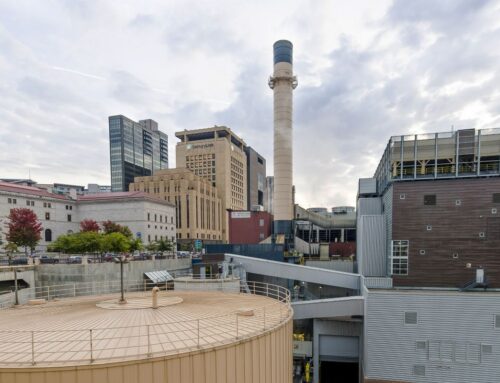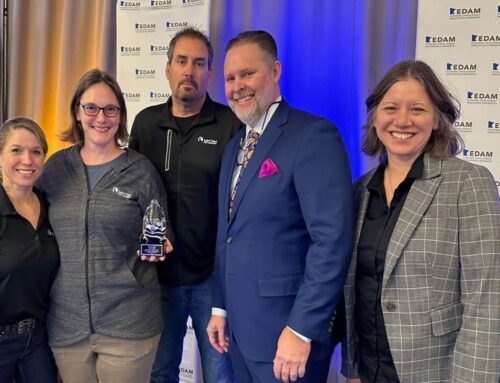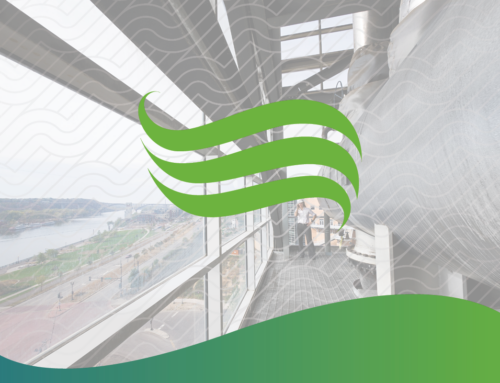Oberlin College’s Sustainable Infrastructure Program
August 5, 2020 by Ever-Green Energy
Building for Our Future
Oberlin College is committed to achieving carbon neutrality by 2025. To reach this goal, Oberlin College leadership has been working to identify renewable alternatives to fossil fuels and create more efficient ways to deliver and use energy on campus and in the community.
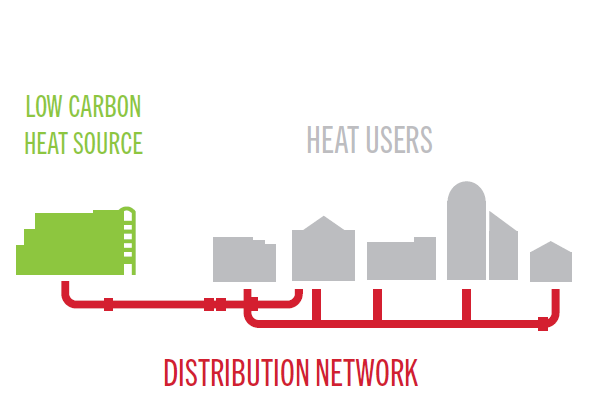
Goodbye Steam, Hello Hot Water
Connecting buildings on campus and in the community through district energy, is an efficient and reliable way to deliver heat to buildings. The original system was built in XXXX, using steam, but now modern systems are using hot water to increase efficiency and connect more carbon-free energy sources. For Oberlin College to achieve its carbon neutrality goals, it is time to make the switch.
Moving Forward with Purpose
- Increasing the reliability of the energy system
- Reduces the energy and carbon profile of the campus and connected community partners
- Creates opportunities for more renewable and carbon-free energy sources
- The system can be expanded to serve the community
- Significantly decreases water losses
- Financial savings over time that can be invested in other programming
Connecting Carbon-Free Sources
Four carbon-free sources are under consideration for the campus system. Transitioning the distribution system from steam to hot water will make it possible to integrated on of the options. More information on these technologies is available on the project website. Selection is expected to be made by December 2020.
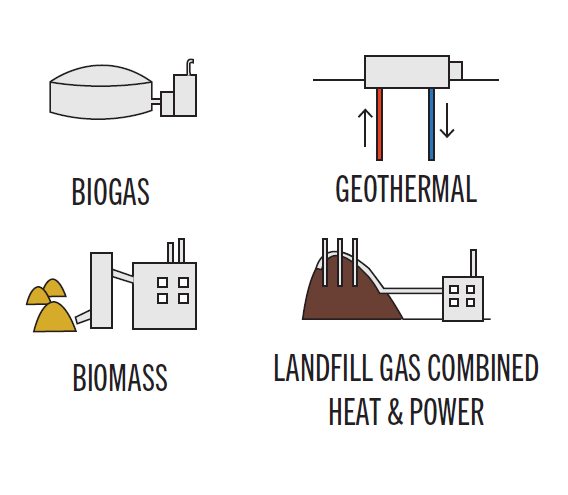
Neighborhood Benefits
Developing this new district energy system together creates the opportunity for Oberlin, Ohio, businesses, nonprofits, schools, and other partners to utilize the best available technologies to deliver reliable energy that is less dependent on fossil fuels, but also economically competitive.
Timeline
Insert key dates or timeline graphic

